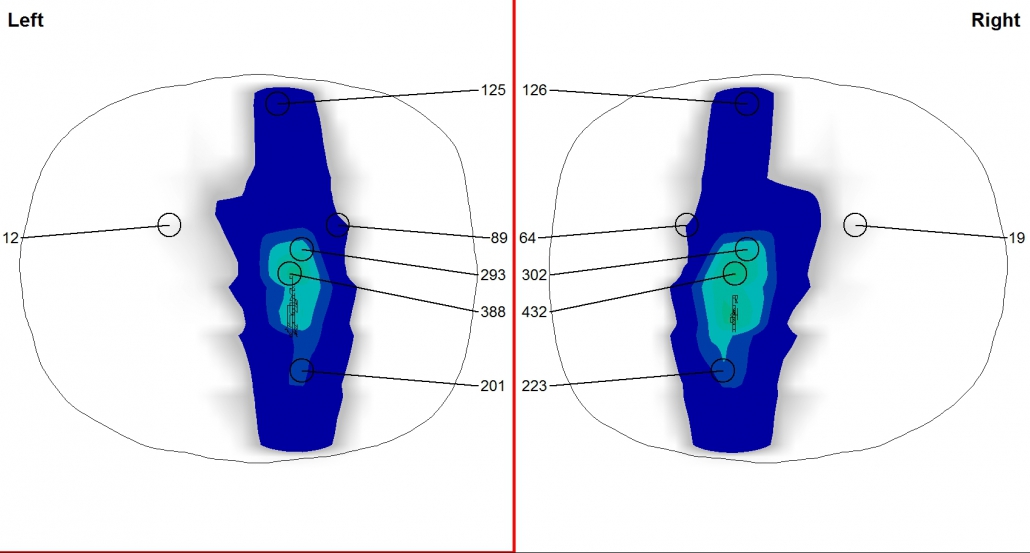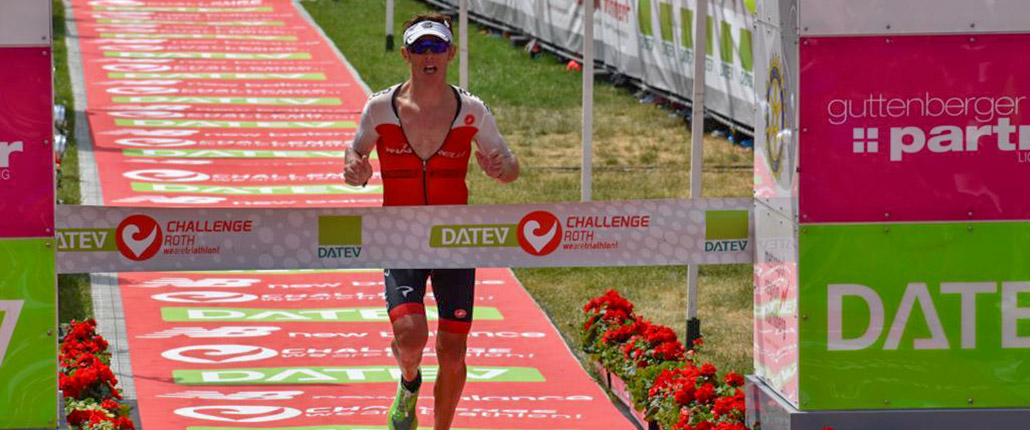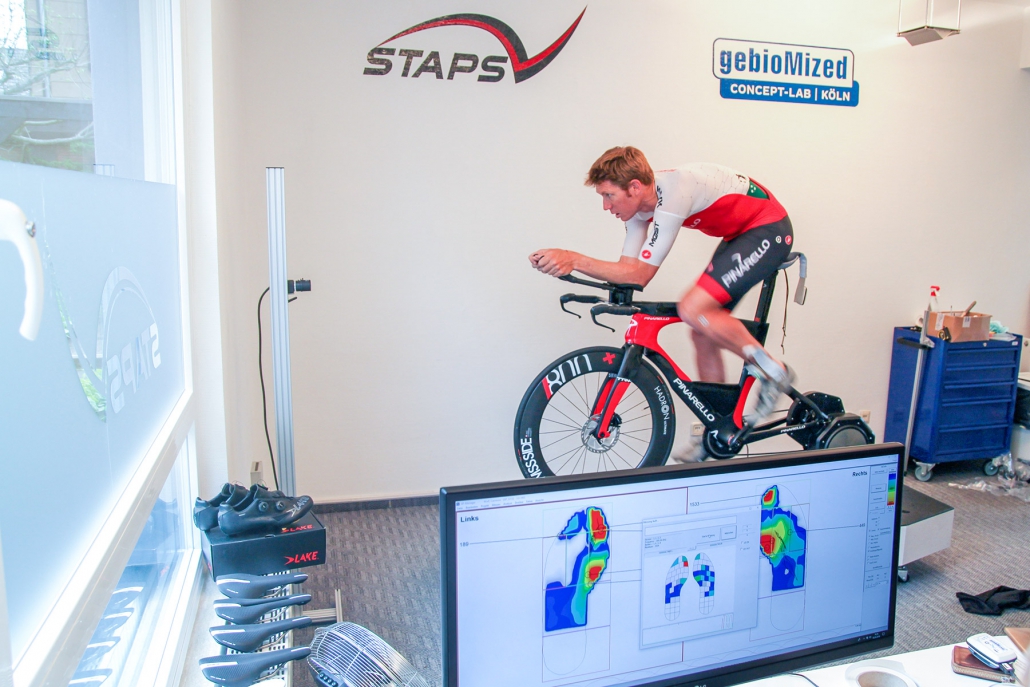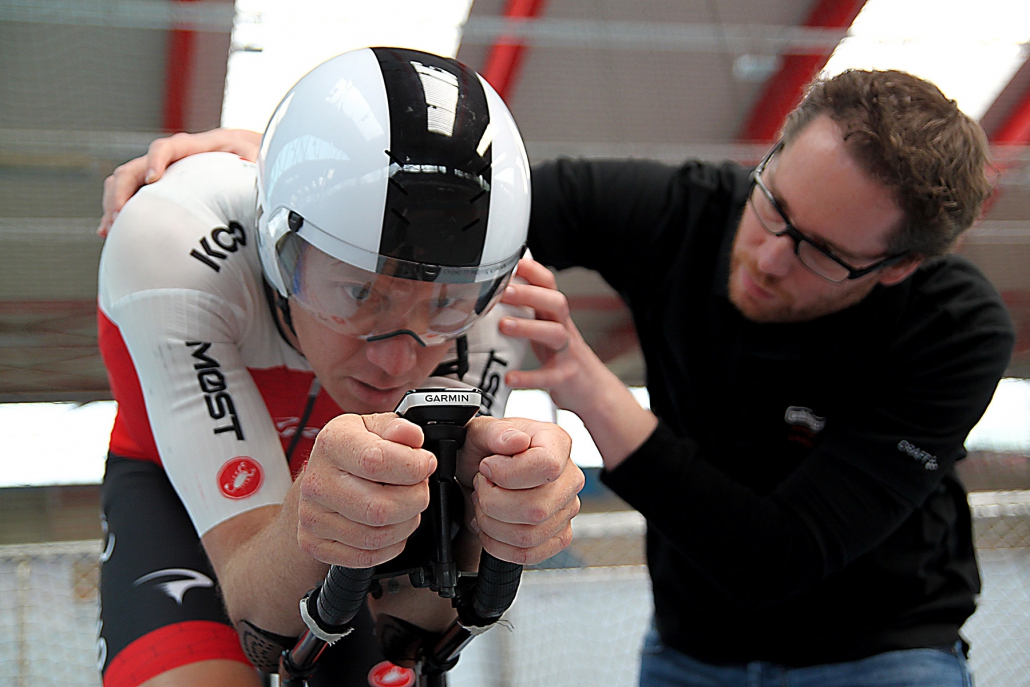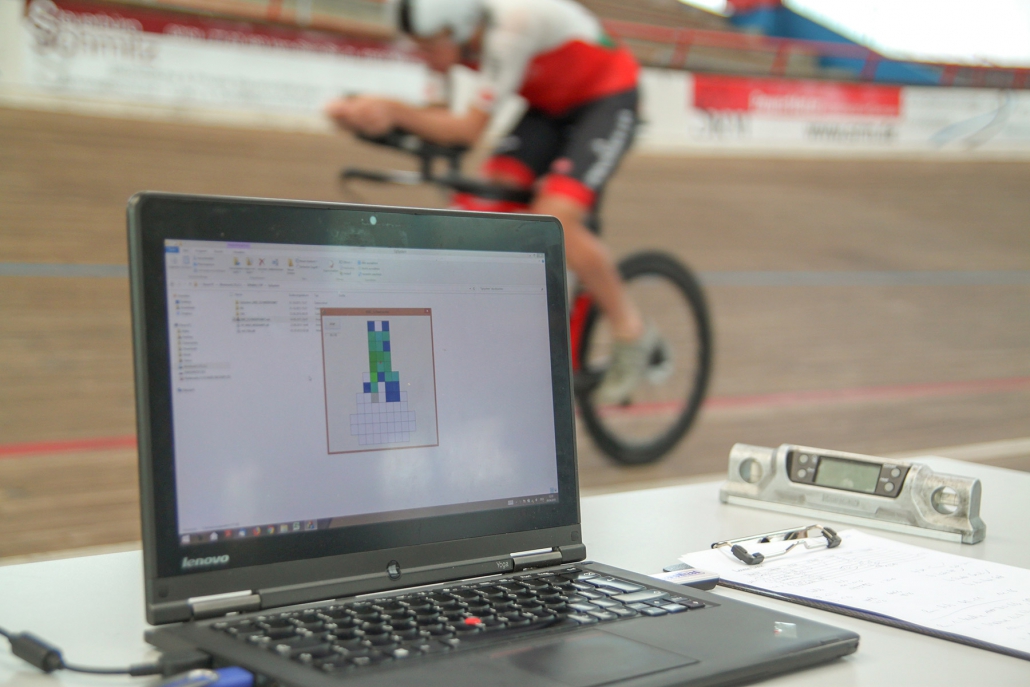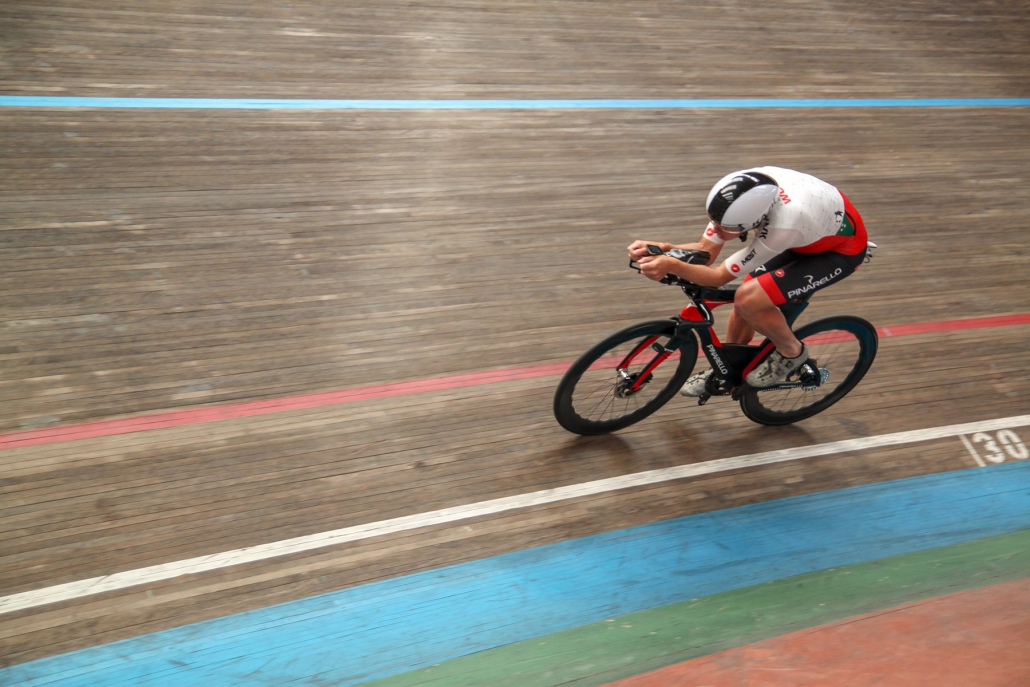Fall down, get up and learn
Via Roth to Kona: gebioMized accompanies Cameron Wurf on his way to the Ironman World Championships.
Well, that didn‘t work! For Cameron Wurf Challenge Roth was supposed to be an important performance test on the way to the Ironman World Championships in Kona in September – and he did not as well as one might have expected. Or did he?
After all, the Australian ex pro cyclist is famous for his fabulous times in the bike split. But this day, he rode – by Wurf’s standards “only” – the fourth fastest time and stayed ten minutes behind his personal best. The man who usually flies past his competitors on his bike was never even within striking distance of the top.
Anyone who wants to know why Wurf was nevertheless reasonably happy after the race has to dig deeper into the matter – and above all take a look at the race phase after the second transition zone. After 3.8 km in the water and 180 km on the bike, Wurf ran the marathon of his life – and with 2:50 hours clearly beat his up-to-then personal best. One reason for this success: his special training focus on this discipline. The second reason: a changed riding position on the bike. But why should someone run faster because he sits differently on the bike?
To explain this, we want to tell you a little bit about what we worked on with Cameron Wurf in the gebioMized concept-lab in Cologne and on the track in Büttgen.
„You genuinely understood the fact that particularly as an Ironman you have to hold your position for a long time. The ability to hold the position is much more important than anything else.“
Cameron Wurf, Triathlon-Profi
More power through more comfort
The first question that arises is why a rider who holds the Kona bike split record should change his riding position at all. The answer: because it was designed purely for aerodynamics. The position created in the wind tunnel for Hawaii 2018 fully aimed at reducing the front surface as much as possible and was not analyzed for the biomechanical disadvantages that it would entail. The result: too much weight shift to the front for Cameron Wurf, unnecessary overloading of the shoulder area, a too narrow hip angle and the resulting loss of power on the pedals.
So, there were a lot of points to start with in our work with Cameron to position him better on his triathlon machine. In the course of the bike fitting we shifted, e.g., the weight distribution more towards the saddle in order to relieve shoulders and torso. This means in concrete terms: In the riding position we started with there was almost twice as much force on the aero pads as on the saddle, in the new position the ratio is almost 1:1. Now the balance between the contact points is right and the power gets to the pedal more efficiently. Furthermore, Cameron can hold this more comfortable position longer.
Before and after: Data in detail
The data of the original position (left) shows an unequal load on the aeropads, whilst in his new position Cameron Wurf is sitting far more balanced.



